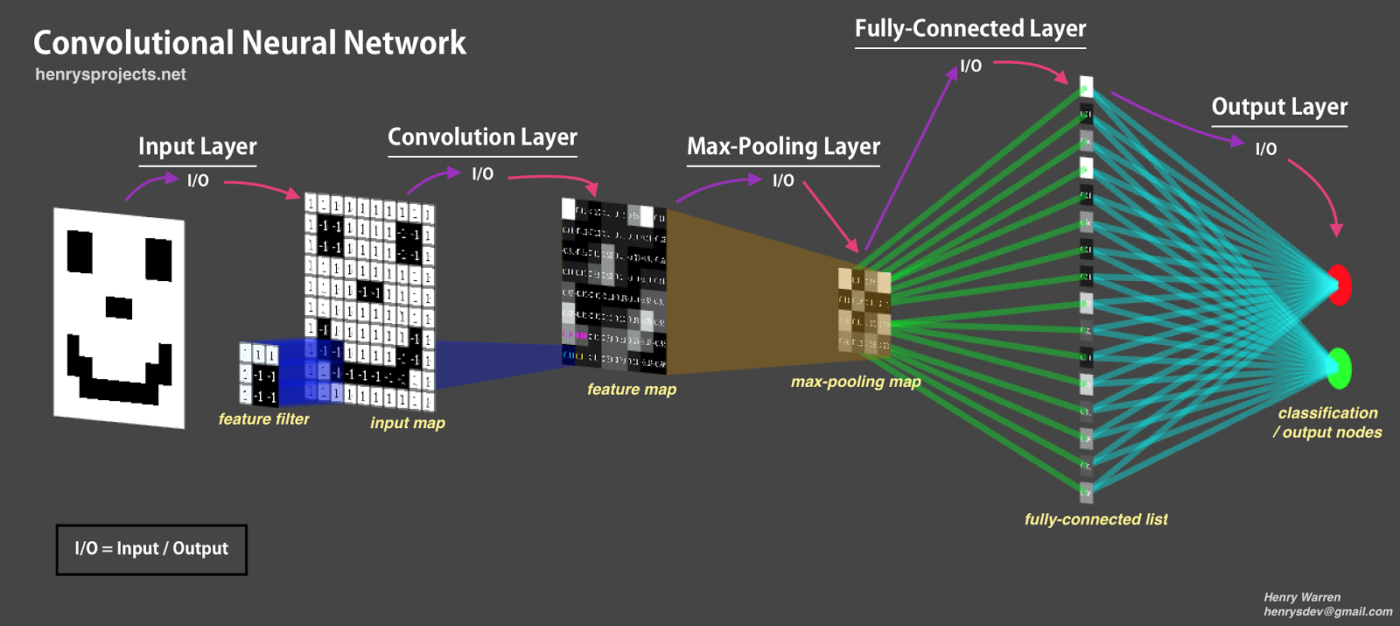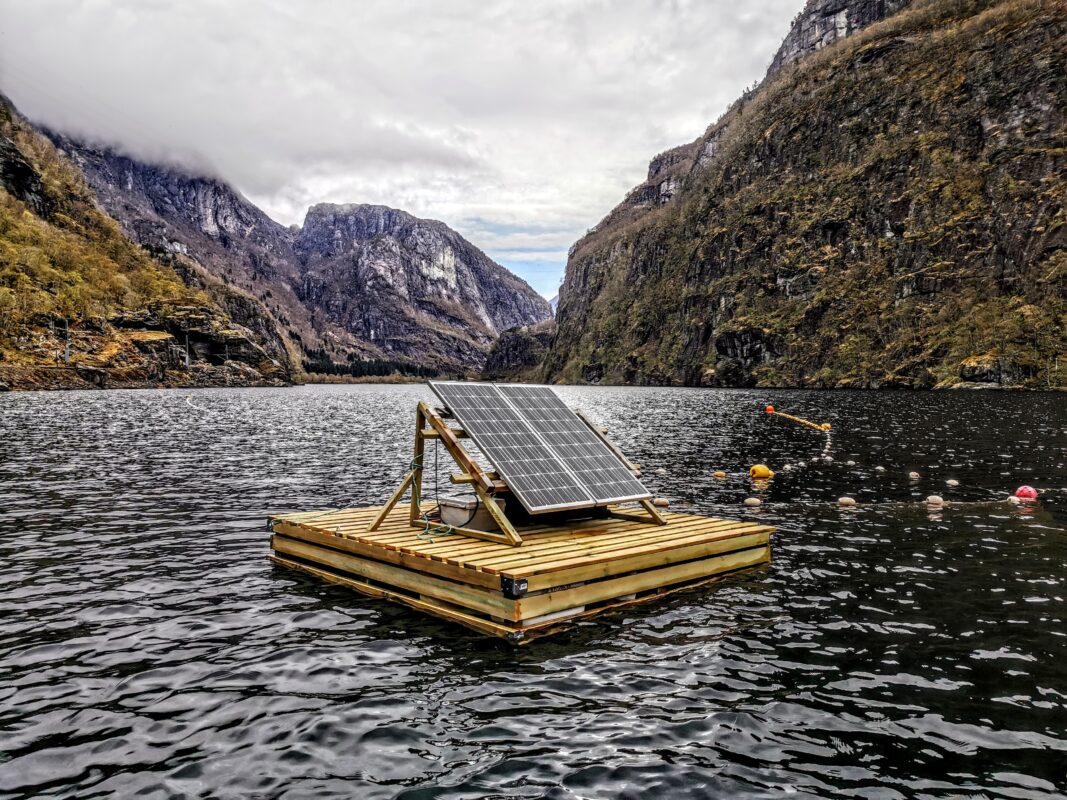We are currently working on new machine vision based net inspection algorithms that combine both conventional and artificial intelligence (AI) based machine vision. The project is partially funded by FHF – Norwegian Seafood Research Fund and the tools developed with help the aquaculture industry reduce the risk of escaped salmon.
Automatic detection of damage to fishing nets is difficult to achieve with conventional machine vision algorithms. Weak contrast and poor visibility due to swirling debris and algae lead to a lot of false positive hole detections. The use of neural networks seems promising in dealing with these difficult conditions.
Due to the large variations in water quality, net shape and foreign objects present at an aquaculture facility, we believe that using a combination of AI based and classical machine vision will give the best results. The system has to both be able to detect small holes before they represent a risk of escape and also not result in too many false positives.
The AI-based machine vision utilize Convolutional Neural Networks (CNN) and deep learning, where you present the training algorithm with tens of thousands of annotated images. Check out this nice article written by Henry Warren, that explains the CNN technology in an intuitive way.

The training takes up to 24 hours on a powerful server, and the result is a machine vision algorithm that is so efficient that it can run on a micro computer without access to the original dataset. The new machine vision has to be tested thoroughly in different conditions as there are a lot of pitfalls related to this technology. The prototype system will therefore first be used in combination with conventional inspection to prove its effectiveness.


